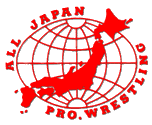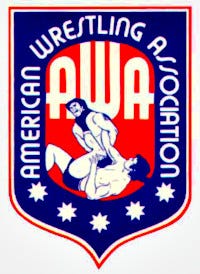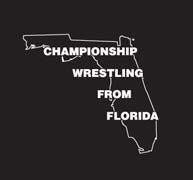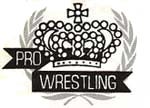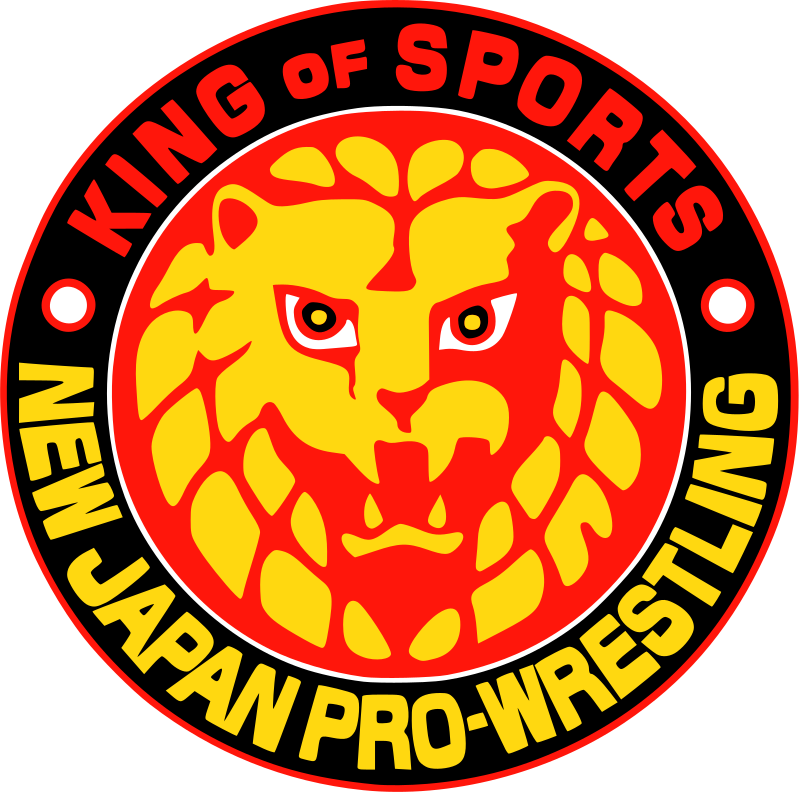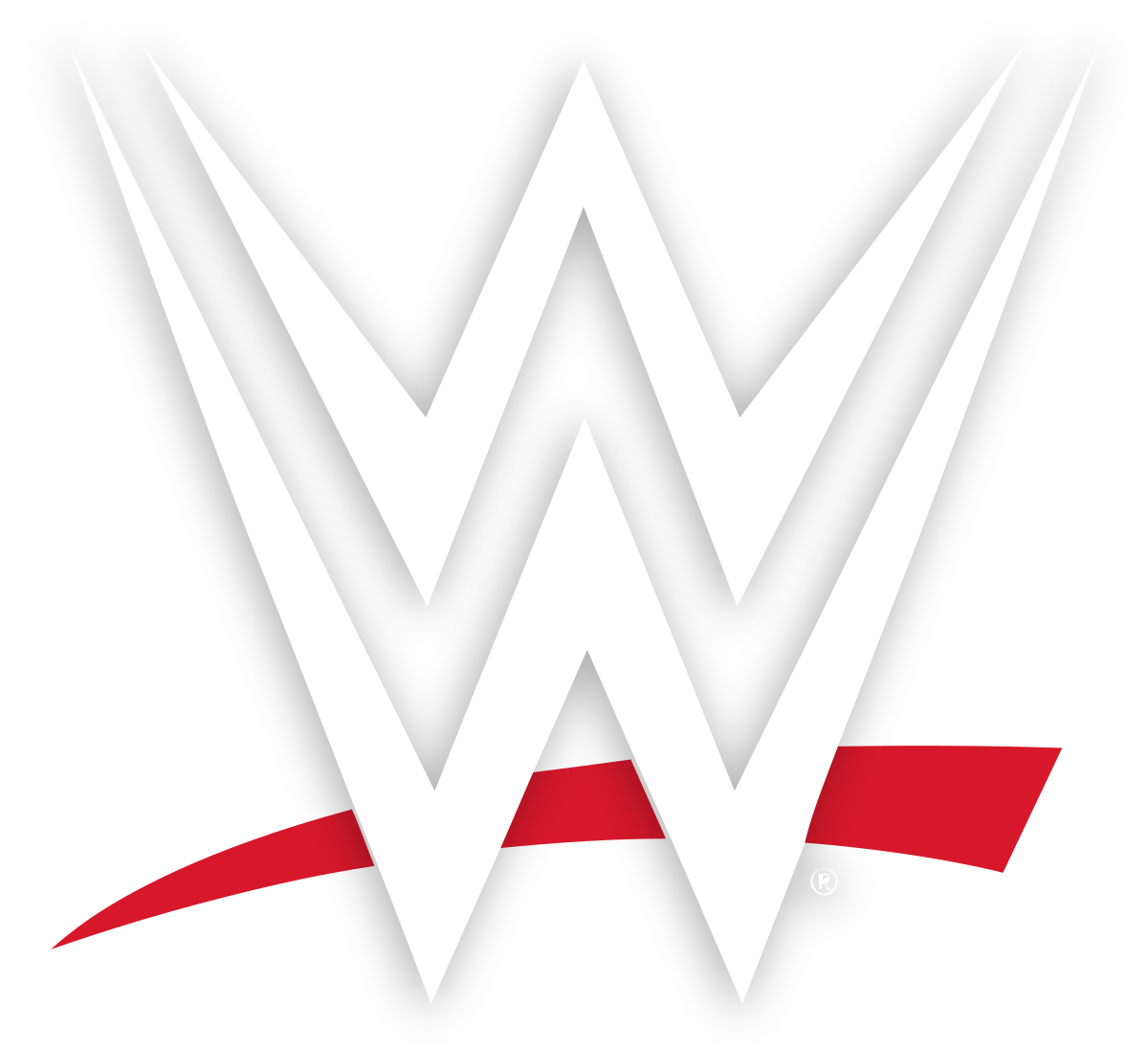
This series focuses on the history of New Japan Pro Wrestling — a company that has always taken its inspiration wherever it can find it, whether it be the American pro style, lucha libre, or even mixed martial arts. Out of that hodgepodge of wrestling and grappling styles, NJPW has created a fully unique house style that has produced some of the greatest and most watched matches and cards in wrestling history. The company was formed in 1972 from the ashes of the JWA and headed by Antonio Inoki, who achieved legendary status in the 1970s and 1980s through his wars with Tiger Jeet Singh, Stan Hansen, Andre the Giant and legitimate fighters from around the world, even including Muhammad Ali! In the early 1980s, NJPW peaked in popularity, fueled by Inoki’s stardom, the rise of Tiger Mask as a high-flying junior heavyweight superstar, the electric feud between Riki Choshu and Tatsumi Fujinami and a popular American wrestler named Hulk Hogan. By the mid-80s, the company was constantly embroiled in turmoil with seemingly one scandal or catastrophe forming just as the previous one subsided, but even in disarray, the company produced some of the best wrestling on earth. By 1989, Choshu became booker, which added some much needed stability, and the company began running dome shows, which would become an annual tradition. Choshu built Shinya Hashimoto, Masahiro Chono and Keiji Muto as the next generation of top stars while Jushin Liger spearheaded the junior heavyweight division as both its booker and ace, delivering some great matches against Naoki Sano, Shinjiro Otani, Norio Honaga, El Samurai, Great Sasuke and many others. In the late 90s, the company’s flirtation with shoots, which had part of the company since its inception, became even more integral, leading to another big wave in popularity centered around Hashimoto’s feud with Ogawa. That same feud was taken too far and ultimately caused Hashimoto’s once bright star to fall and the company entered a dark period where they were overly obsessed with putting their top stars in real fights where they would often lose and never reach their potential as superstars, a trend colloquially referred to as Inokism. The company was largely in search of identity for much of the 2000s, although they had another wave of homegrown stars working their way through the ranks, including Hiroshi Tanahashi and Shinsuke Nakamura. By the early 2010s, while NJPW would never again hit the popularity of previous decades, they became a formidable and successful wrestling company again, producing literally hundreds of top-tier matches involving Tanahashi and Nakamura, along with Minoru Suzuki, Kazuchika Okada, Kota Ibushi and Tetsuya Naito, with the Tanahashi-Okada feud positioned as the top rivalry of the era. In addition, they built top foreign talent such as AJ Styles, Kenny Omega and Zack Sabre Jr. and slowly began expanding to the United States. NJPW remains the top wrestling company in Japan today.


